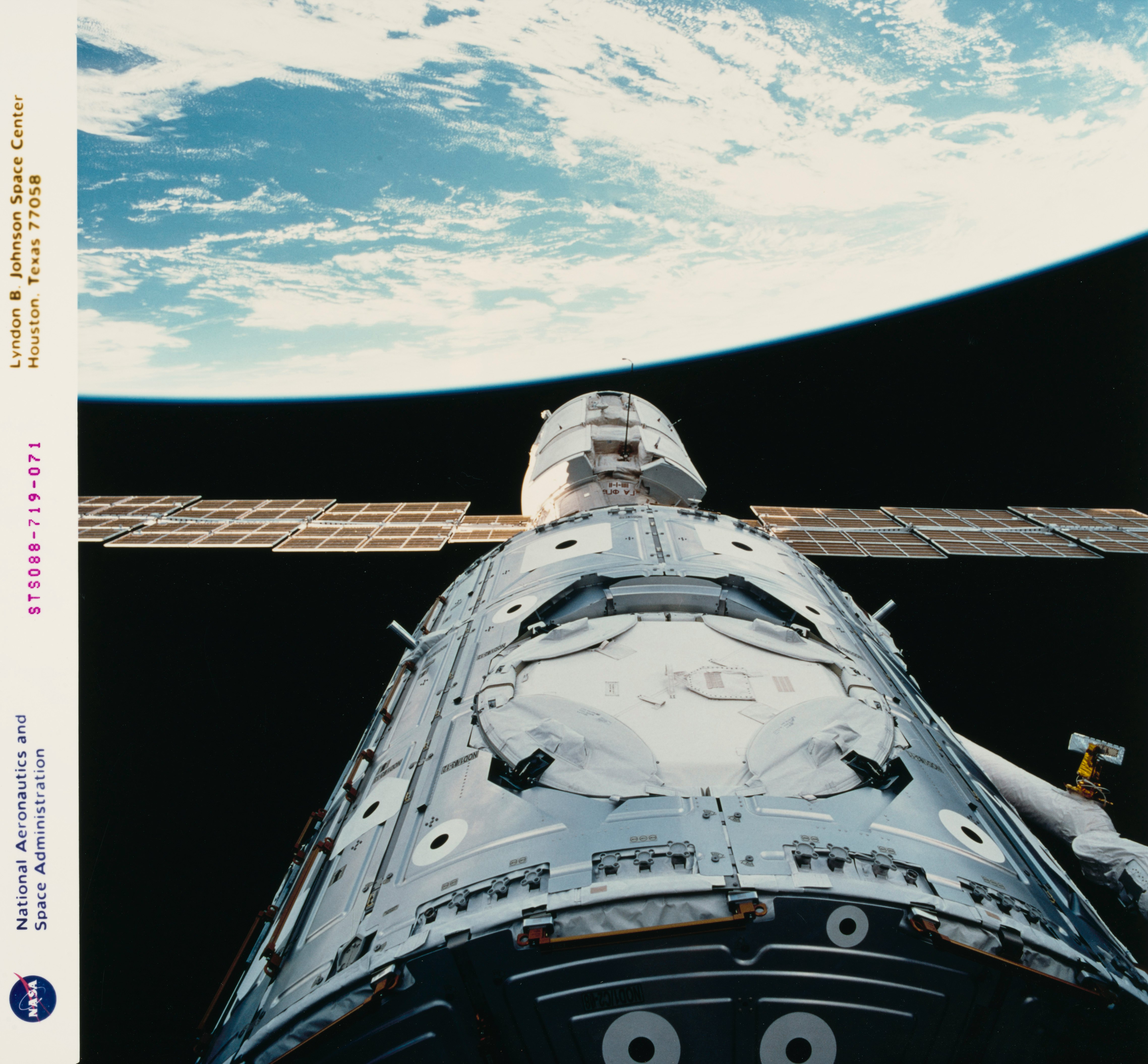
For nearly three decades, the International Space Station has buzzed around our planet, providing a home-from-home for astronauts 254 miles above Earth's surface. But all good things must end. NASA plans to retire the ISS by the close of this decade, 2030. Yet unlike most retirements which wish you well with a nice watch and a party, the ISS will plunge into the “spacecraft cemetery” that is the Pacific Ocean. Which begs the question: What happens next?
What’s new — On Monday, NASA released the rough plans for the final years of the ISS. The moves to end the space station’s tenure in our skies are part of the agency’s ambition to shift toward commercial “space destinations.”
“The International Space Station is entering its third and most productive decade as a groundbreaking scientific platform in microgravity,” Robyn Gatens, director of the International Space Station at NASA Headquarters, says in a statement.
“The private sector is technically and financially capable of developing and operating commercial low-Earth orbit destinations, with NASA’s assistance,” Phil McAlister, director of commercial space at NASA Headquarters, says in the statement. If you read this and thought “space hotels,” then know that we did, too — and it isn’t totally off the mark.
The ISS itself is essentially a five-bedroom hostel in space, complete with a gym, two bathrooms, and a 360-degree window with a view that can’t be beat. Since its launch, the ISS has hosted more than 200 astronauts and cosmonauts on board — some have lived up there for nearly a year.
But the ISS is getting a little rundown (the view is still excellent) — perhaps unsurprising given it has orbited in an extreme and increasingly hazardous environment for 30 years. In July 2021, NASA called for proposals for privately owned and operated space stations to replace the ISS. One company, Axiom Space, is angling itself as a third option for NASA, alongside Blue Origin and SpaceX.
The company’s website argues that “microgravity is the most promising environment for innovation and problem-solving since the Internet.” A sort-of deluxe WeWork, then. All of this is still in the future however — NASA will not retire the ISS until 2030 at the earliest.
“We look forward to maximizing these returns from the space station through 2030 while planning for transition to commercial space destinations that will follow,” Gatens adds.
Why the ISS will crash into the Pacific
As the space station’s final act, NASA will “deorbit” the ISS in such a way its limp carcass will fall into a remote region of the Pacific Ocean known as Point Nemo, which lies between New Zealand and South America.
Point Nemo is the space graveyard of choice — it is far away from any islands, so people are unlikely to notice, and is within the South Pacific Gyre, a current that prevents nutrient-rich waters from filtering through the region. That means Point Nemo is sparsely populated by sea creatures great and small, safeguarding marine life.
The spacecraft’s corpse will join the many cosmic dead already there. This particular area has been used by the United States, Russia, Japan, and Europe to dump some 263 pieces of space debris since 1971. These wrecks remain on the ocean floor, with no plans to retrieve them.
Dumping spacecraft in a remote part of Earth’s ocean reduces debris in space. Right now, more than 23,000 pieces of debris larger than 10 cm are known to orbit Earth, according to NASA. So at least the ISS won’t contribute to that problem.
Space Stations: A history
The ISS joins the ranks of other retired space stations, although it may have a less dramatic ending.
Skylab was the United States’ first space station, launched in May 1973. On July 11, 1979, the Skylab space station disintegrated in the atmosphere, scattering debris across the Indian Ocean and Western Australia.
Due to a booster malfunction, Skylab’s orbit decayed and it plunged into Earth’s atmosphere, disintegrating the station into smaller pieces. At the time, NASA calculated there was a 1 in 152 chance of the spacecraft’s debris hitting people on the ground.
In June 1997, an uncrewed supply vessel crashed into Russia’s Mir space station. The accident caused the space station to begin leaking air and destroyed one of its solar arrays, and it was eventually brought out of its orbit.
Mir re-entered Earth’s atmosphere somewhere over Fiji, and its debris spread across an estimated 900 miles, falling mostly into the South Pacific Ocean.
Parts of Mir are probably sitting at the ocean floor in the spacecraft cemetery today. Perhaps pieces of space wreckage will form some type of futuristic marine museum that will preserve some parts of human history underwater.







